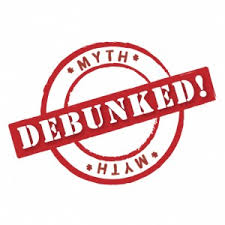Here is the article that I wrote for the April 2014 Issue of RSVP MN Magazine. You can read the article here.
The future of computer and social interaction at events is definitely seeing an explosion in the use of mobile devices as the primary tool for your attendees to interact with the Internet and the environment at your event. Social media channels are a common communication tool for events these days, and there is also the option of creating a custom mobile application for your event. Many companies are investigating the creation of such apps for their events but are struggling to justify the expense. Here are some tips that should help you decide if a custom event application is a worthy investment for your event:
What are the demographics of your attendees?
In 2013, 64 percent of all American Internet users between the ages of 18-60 are accessing the Internet primarily through a mobile device. In any case, you will need to accommodate both mobile and non-mobile users at your event until the day where 100 percent usage is achieved.
Can you provide the same benefits of a mobile application with existing tools?
Mobile applications tout things like expedited check-in, schedules, event maps and directions, and promotional materials via a mobile device. Many of these services can be delivered via social media platforms such as Eventbrite, Facebook, Twitter, and more. It would make sense to make sure you are maximizing your efforts on these channels that are free, familiar to the attendees, and duplicate the services of a custom mobile app.
Can you offset the cost of the application with sponsorships or event partners?
A benefit of mobile apps is the space and area in the application for an advertiser, sponsor, or event partner to promote their brand. If you are partnering with an A/V or technical partner for the show, many of these firms are offering their own custom event applications as a service. The opportunity to sponsor the event app could be part of a package offered to larger sponsors of the event which would provide them a greater opportunity to have their brand promoted to the attendees.
The bottom line is that this technology is nice to have at this point, and not a need to have yet. That allows some flexibility in wading into custom mobile applications. The technology of most applications is definitely an amenity appreciated by attendees, but in today’s economy it is always nice to have a path to adaption that won’t drive up the costs of your events.








